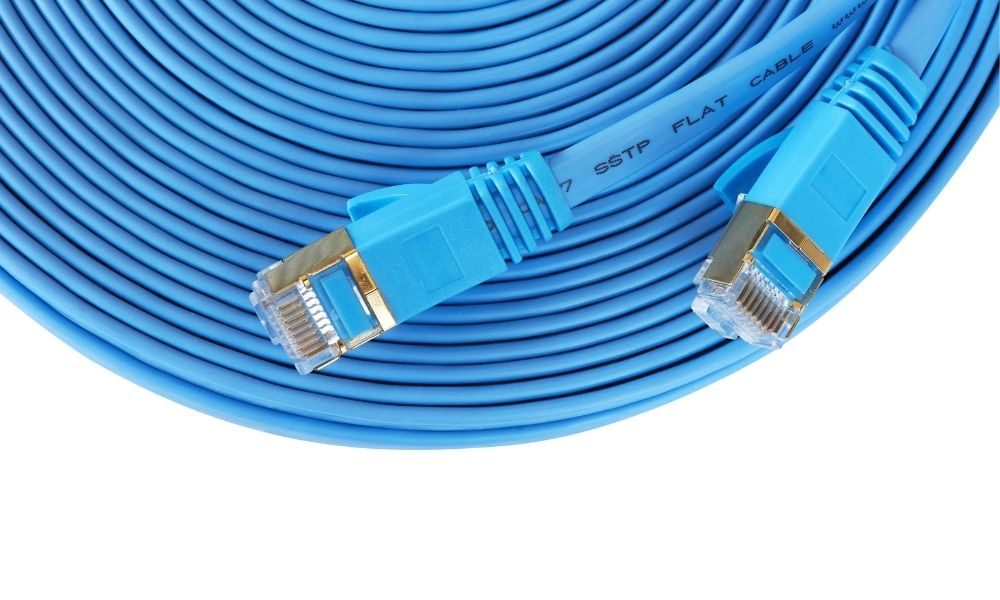
When setting up your wired network, you need reliable cables to provide a seamless connection. With all the technological advancements released each year, you’re left with a wide range of cables to choose from to establish an Internet connection. Among these options, you’ll encounter Ethernet cable types aplenty. When comparing patch and structured Ethernet cables, it may be difficult to determine which is best for your computer setup. CableWholesale looks at ethernet wiring: structure cables vs. patch cords and what sets them apart.
What Is an Ethernet Cable?
People employ Ethernet cables to establish a connection within a wired network setup. Ethernet cords connect TVs, laptops, and other devices that require Internet connection to their local network with the help of an Ethernet port. There are many kinds of Ethernet cords available to fulfill varying network needs.
Different Categories of Ethernet Cables
There are three main categories of Ethernet cables to choose from, listed below. You will find both patch and structured cables made to suit each category’s standards. Each cable category is considered an evolution of its predecessor, though each has its advantages for both home and office networks.
- Cat5e
- Cat6
- Cat6a
What Is a Patch Cable?
Patch cables are considered a type of Ethernet cable. When looking at Ethernet wiring and comparing structured cables vs. patch cords, the difference is that patch cords are made from stranded cables, making them much more flexible. Stranded cables are comprised of small, twisted wire strands that form a single conductor and are considerably durable.
Another standout distinction between structured cables and patch cables is that patch cords are best for short distances. Patch cables function to connect devices to one another within a network system. It’s common to use a patch cable to simply hook up a computer to a network port or router, which is helpful for small office spaces and home networks.
What Is a Structured Cable?
For more complicated network setups, businesses often employ structured cables. Structured cabling utilizes solid cords, which have a solid, copper core in comparison with stranded cords.
Structured cables are less portable than patch cords, which should be taken into consideration when setting up your network. You may install structured cables for wall-in installations or throughout other aspects of your expansive building to create tidy, optimal connection.
Which One Should You Use?
To determine whether you should use a patch cable or a structured cord, you’ll need to consider the distance of your entire network. For networks that span entire office floors, you’re best off selecting from CableWholesale’s assortment of bulk cat5e Ethernet cables for a structured cabling system. If you simply need to connect your laptop to your router nearby, a patch cable will do the trick.



